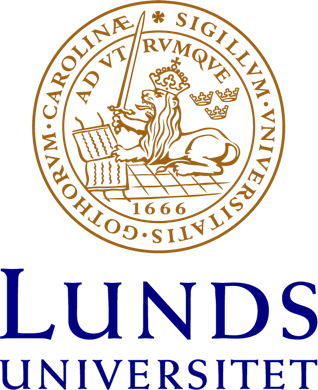Citizenship Education and Liberalism: A State of the Debate Analysis 1990–2010
What kind of citizenship education, if any, should schools in liberal societies promote? And what ends is such education supposed to serve? Over the last decades a respectable body of literature has emerged to address these and related issues. In this state of the debate analysis we examine a sample of journal articles dealing with these very issues spanning a twenty-year period with the aim to an
